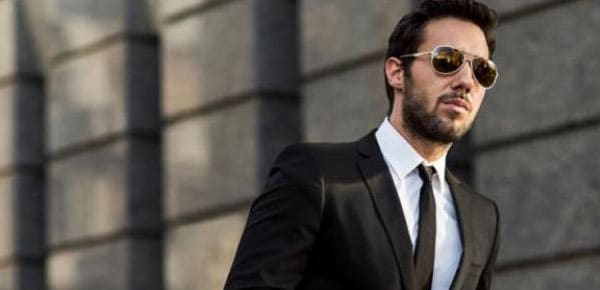
A new twist to the beauty bias
Attractive men may appear more competent, but it won't always land them the job

Image: Courtesy INSEAD
It is well known that attractive people receive better treatment and outcomes in life. Even in the workplace attractiveness discrimination, or differential treatment of people based on how they look, is pervasive. Compared to less attractive people, better-looking individuals are likely to be paid more and receive more lenient sentences for the same crime. Past research has found that attractiveness discrimination is particularly prevalent in identifying or selecting people for specific jobs or tasks.
People generally associate women with more favourable traits than men, and good-looking women are typically thought to have more positive traits than not-so-good-looking women. One exception however, is the way looks translate into perceptions of competence. Here, attractiveness is more of an asset for men than for women. In fact, a series of experiments looking at the beauty bias in hiring and selection tasks found that while good looks equate to competency in male candidates, there was no relationship between attractiveness and ability perceptions in female candidates.
To add to the twist, the studies found being attractive won’t always land the handsome man the job or task – in many cases it may act against him with decision-makers prefering the less attractive candidate; but only when it increases their own chances of success.
Discrimination and the ‘me’ connection
Our research found that whether decision makers select attractive or unattractive candidates depends on whether they see the new hire as someone they will cooperate with or compete with in a common task.
Members of the same organisation are often mutually interdependent, for example they may cooperate for shared rewards when they work for the same team, or compete against each other for recognition, promotions, commissions, and bonuses. In many organisations today co-workers are included in the hiring process. Employees at Google and JP Morgan, for example participate in peer selection of future colleagues. Similarly, professors at universities often selected professors they are going to work with.
When this occurs, the type of expected relationship the decision-maker will have with the new hire is very much a consideration, consciously or not, when selecting candidates for the job.
In our research When Beauty Helps and When it Hurts: An Organizational Context Model of Attractiveness Discrimination in Selection Designs, my colleagues Sun Young Lee, Assistant Professor of Organisational Behaviour at University College London; Marko Pitesa, Assistant Professor of Management and Organisation at the University of Maryland ; Madan Pillutla, Professor of Organisational Behaviour at London Business School and I set up four experiments putting participants (male and female) in different selection situations.
In the first experiment participants read a hiring scenario describing the interdependencies between themselves as the decision-maker and the new position. In some cases, the interdependency was competitive, in some it was cooperative, and in others there was no interdependence. Participants were given two resumes which were similar but accompanied by photos, one showing an attractive person and one showing an unattractive person (based on standards of attractiveness defined in prior research). They were then asked a series of questions relating to the candidates’ competence and the likelihood and the impact they thought the candidate would have on their own success. Finally, they were asked how likely they would recommend hiring the candidate for the position.
Good looks vs competency
An analysis of the results found that while there was no competency difference perceived between the attractive and unattractive female candidates, the attractive male candidate was seen as much more competent than the unattractive male candidate. Those participants who expected to cooperate with the candidate in the new position preferred the attractive male candidate and believed he would have a more positive impact on their own success. Conversely, the participants who expected to compete with the candidate showed a greater preference for the unattractive male, and saw the unattractive candidate as being less capable and therefore more instrumental to their own success.
Similar results were found in three subsequent studies in which candidates were given age, race and education of candidates along with the manipulated headshot and asked to select someone to participate with them in a tournament, some anticipating to compete and some anticipated to cooperate with the candidates.
It is of note in each of these studies when it came to female candidates attractiveness had no significant impact on the results. This doesn’t mean that people don’t generally ascribe positive traits to more attractive female candidates. They may generally prefer attractive candidates (being male or female) unless their personal outcomes are affected by the selection decision. Once self-serving motives are taken into account, attractiveness discrimination can be understood as calculated (although perhaps misguided) self-interested behaviour in which men sometimes discriminate in favour and sometimes against attractive males.
Stefan Thau is an Associate Professor of Organisational Behaviour at INSEAD
[This article is republished courtesy of INSEAD Knowledge, the portal to the latest business insights and views of The Business School of the World. Copyright INSEAD 2024]
X




